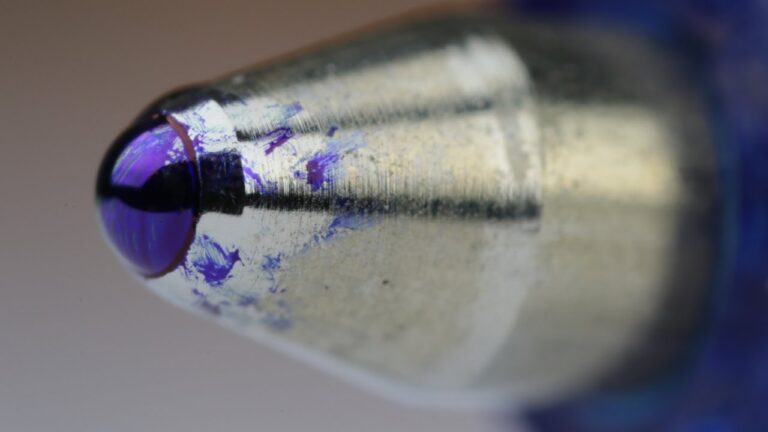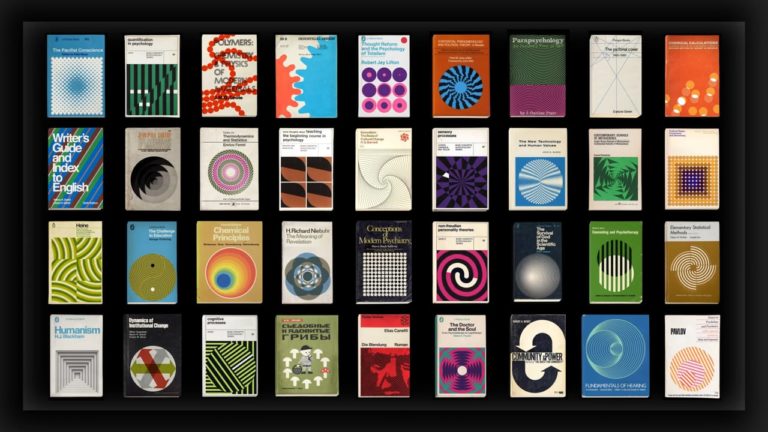Meet bag, bottle and straw, three bits of plastic left on the beach.
They are only small, but they are heading into the ocean, where they could cause big damage. ESA is exploring how satellites can help detect and reduce plastic pollution in the ocean. From spotting build-ups of marine litter to tracking ocean currents, satellites could be game-changing in tackling this enormous environmental problem.
Though engaging for children and adults alike, this video is designed with primary school students in mind. In particular, teachers can use it to introduce the topic of marine litter in subjects such as geography and science. A Dutch version will be available very soon.
Transcript:
Meat bags, bottles, and straw, just like loads of other plastic used every year, they’ve been carelessly thrown away. And now they’re likely to be washed into the seabag porcelain straw could end up in the middle of the ocean or be washed up onto another beach where they would stay for hundreds of years. Or a sea animal could eat them, become sick or even die.
Hey, look, fat. It trains us very good cameras to take photos of the plastic left on the beach or washed up there. But these three are already in the open ocean. And they’re really small; the drone can’t see them.
Not all plastic can be found with a camera anyway, take this last fishing that it’s hard to see from above, yet it can be a nightmare for sea animals. Planes use special instruments to look for specific types of plastic like this net. They cover a larger area than drones, and they’re great for spotting buildups of plastic further from the coast.
But something even higher up can be used to spot and track ocean plastic meets one of our satellites. I’m satellite right now, and the European Space Agency is exploring how satellites can detect large buildups of floating plastic. But that’s not all.
Ocean currents for 1000s of kilometers can carry pieces of plastic-like bag bottles and straws. In some places, current swirl around trapping plastic and forming large buildups growth right. Satellites can spot big buildups of plastic like this one, but they can also follow the currents that move plastic around the ocean.
They send the information they collect down to scientists on earth to help them understand where the plastic comes from, where it goes, and where it ends up. Using misinformation, scientists can help our leaders find solutions to the huge problem of plastic pollution and eventually reduce the harm that it causes. But the best way to avoid this harm is, you guessed it if no plastic enters the ocean in the first place.
Even if you drop litter far from the ocean, it can be carried there by wind and rivers. So how about putting that plastic in the recycling bin? Or even better, not using disposable plastic at all? How can we all follow the three R’s Reduce, Reuse, and Recycle to keep the ocean clean and animal safe?






